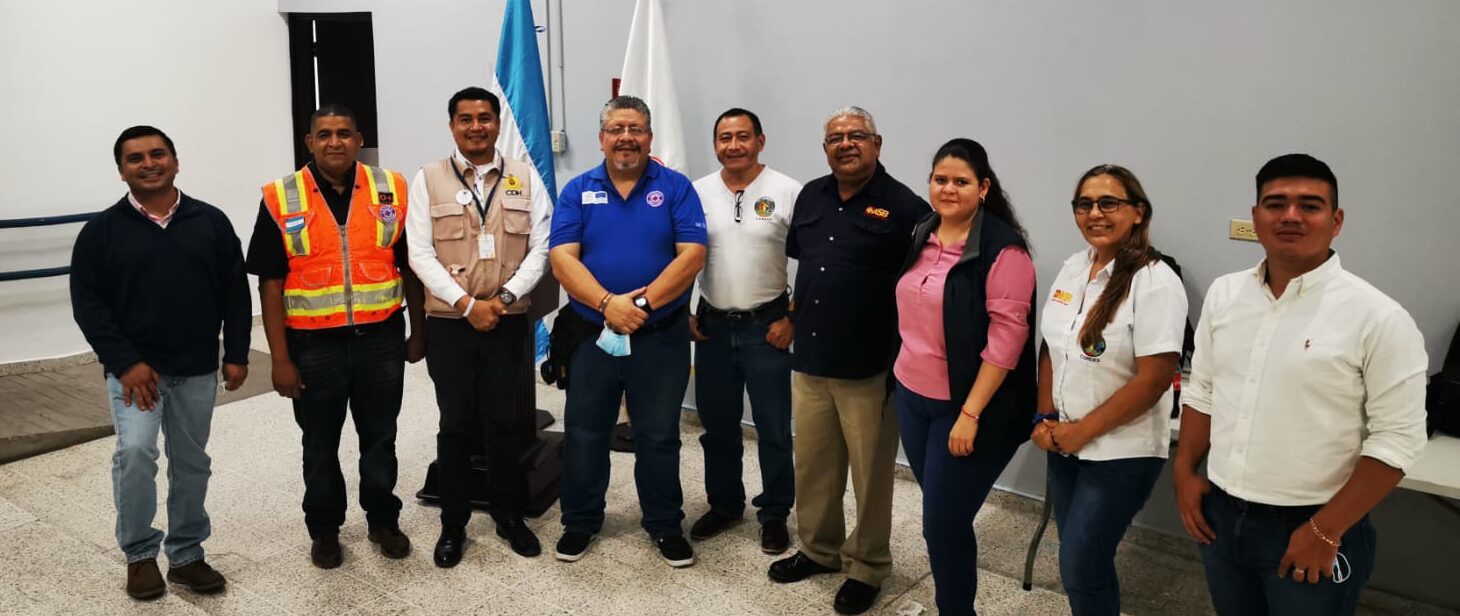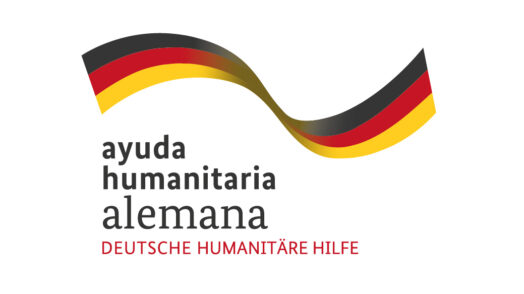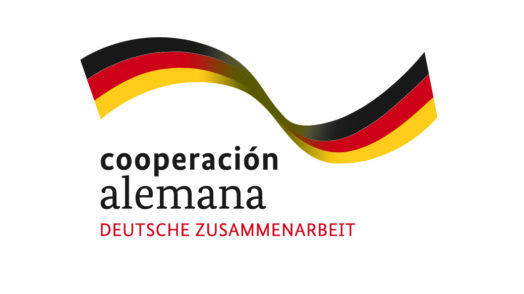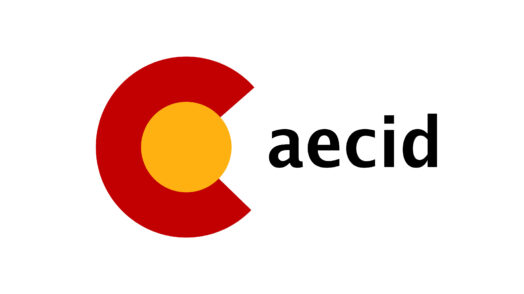Surviving drought
The construction and monitoring of Early Warning Systems can help mitigate the effects of drought by providing timely climate information and, consequently, creating opportunities to implement adapted agricultural practices.
 The construction and monitoring of Early Warning Systems can help mitigate the effects of drought by providing timely climate information and, consequently, creating opportunities to implement adapted agricultural practices, such as the selection of drought-resistant and/or short-cycle seeds, appropriate planting dates, soil and water conservation practices (rainwater harvesting, use of stubble or no burning) to conserve soil moisture. These actions reduce the negative effects of extreme weather events on food security: damage to crops in the germination stages, post-harvest damage (small grains of low weight), low yields and increased pests and diseases or total loss of production. The overall objective of the EWS is to strengthen the resilience of people living in the Central American Dry Corridor, which is home to the majority of small-scale staple food producers in Central America. The families are subsistence farmers, meaning that they harvest and eat the food they grow (corn and beans). When their food reserves are depleted, families often resort to emergency coping strategies, skipping meals or eating less nutritious foods. Apart from the development of EWS for droughts, it is important to additionally support beneficiaries in implementing good agricultural practices.
The construction and monitoring of Early Warning Systems can help mitigate the effects of drought by providing timely climate information and, consequently, creating opportunities to implement adapted agricultural practices, such as the selection of drought-resistant and/or short-cycle seeds, appropriate planting dates, soil and water conservation practices (rainwater harvesting, use of stubble or no burning) to conserve soil moisture. These actions reduce the negative effects of extreme weather events on food security: damage to crops in the germination stages, post-harvest damage (small grains of low weight), low yields and increased pests and diseases or total loss of production. The overall objective of the EWS is to strengthen the resilience of people living in the Central American Dry Corridor, which is home to the majority of small-scale staple food producers in Central America. The families are subsistence farmers, meaning that they harvest and eat the food they grow (corn and beans). When their food reserves are depleted, families often resort to emergency coping strategies, skipping meals or eating less nutritious foods. Apart from the development of EWS for droughts, it is important to additionally support beneficiaries in implementing good agricultural practices. 
COPECO Minister Ramón Soto stressed that this is the first Early Warning System for drought in Central America and will provide sufficient information for communities to make appropriate decisions regarding their food security.
The pilot EWS for drought was built in Choluteca, Honduras and offers statistical analysis on drought characteristics (patterns and trends): vulnerability and risk scenarios in the region, implementation and follow-up related to EWS and schemes to ensure their sustainability, evaluation and calibration. It was presented at the "Workshop for the Presentation of a Pilot Drought Early Warning System", held at the facilities of the Permanent Contingency Commission (COPECO) of Honduras.






